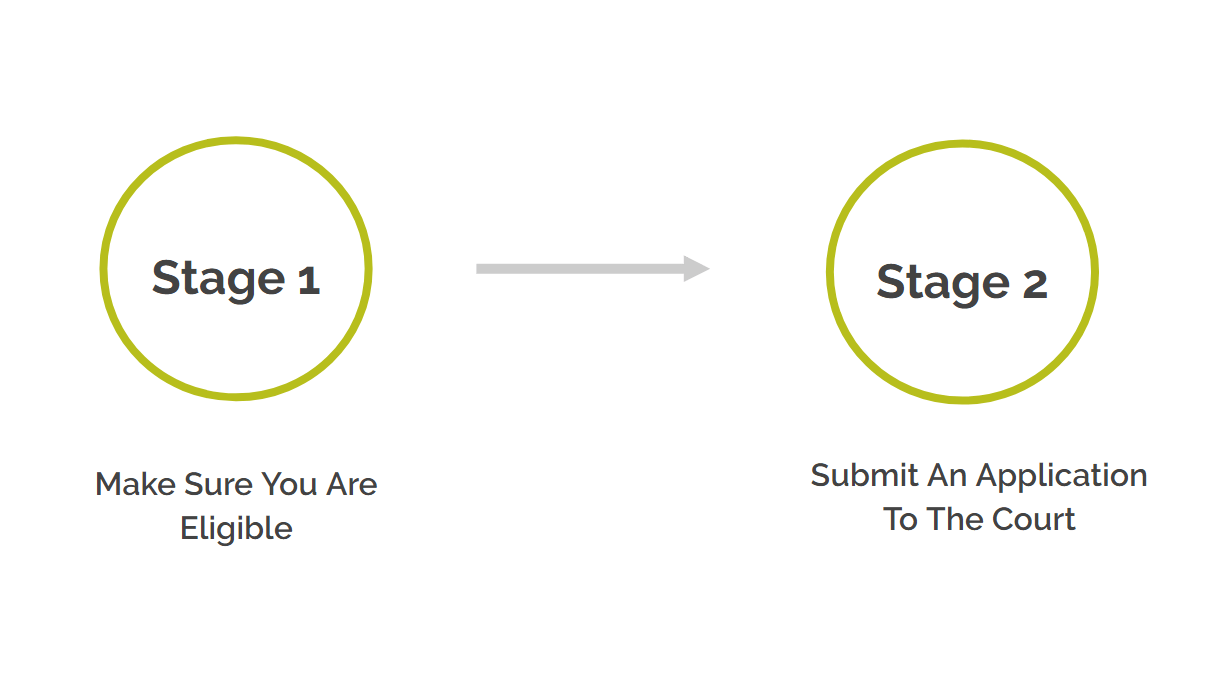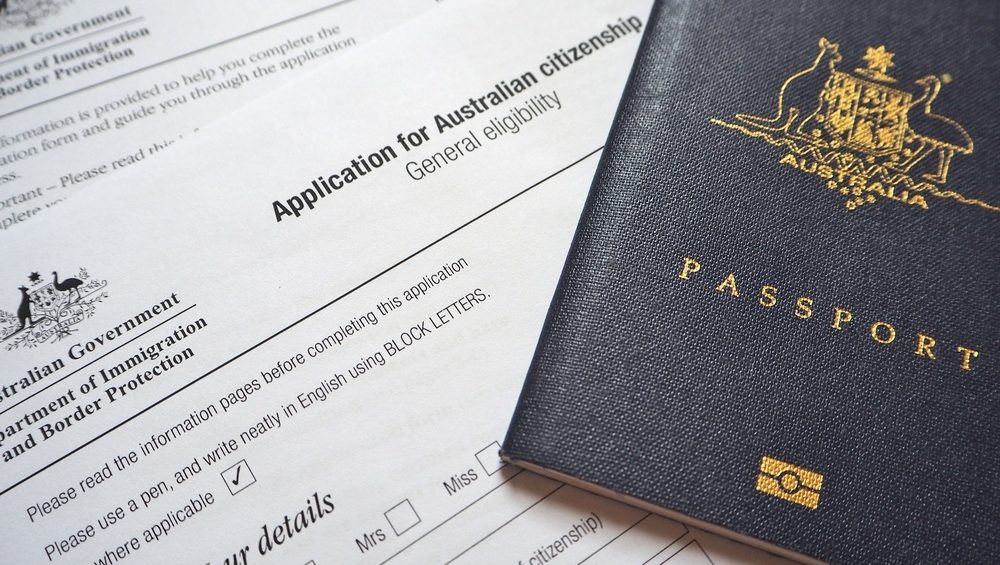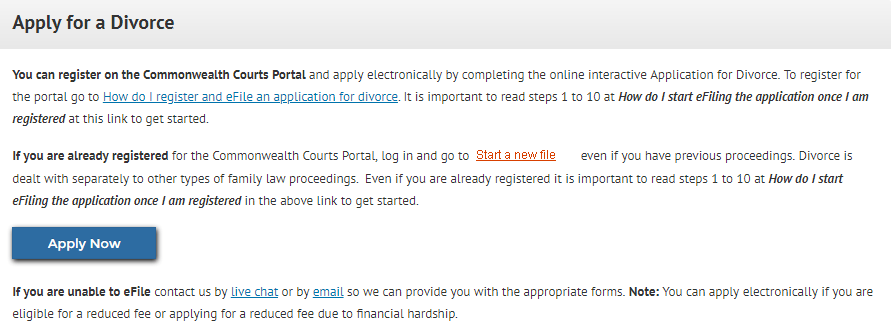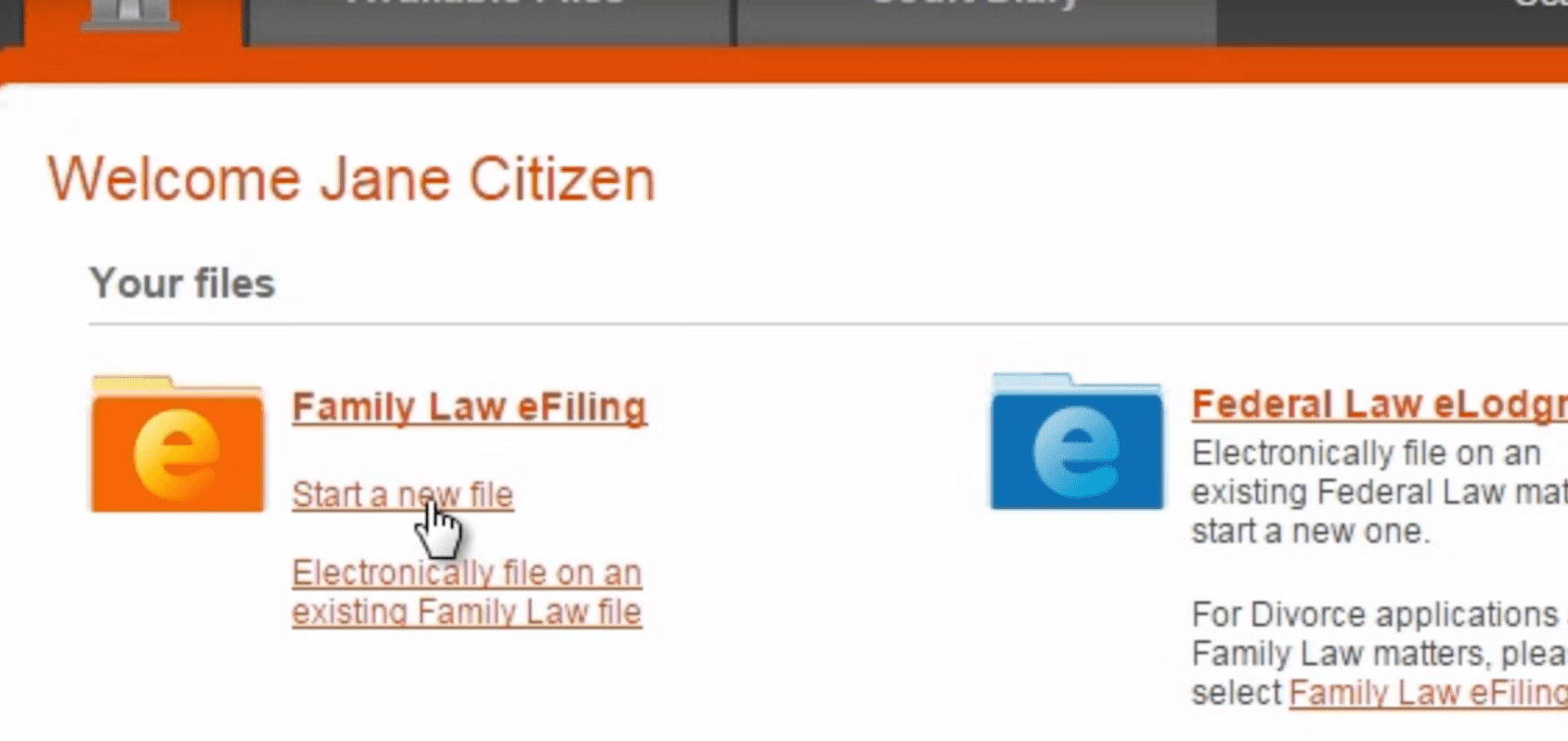How To Get A Divorce In Australia
We can all agree that filing for divorce is not the greatest day in our lives, but, unfortunately, you're here.
You've made up your mind and finally decided it's time to get a divorce. Only trouble is, you don't know how to get one.
The last thing you want after all that agony is to go round and round in circles trying to figure out how to make this thing final.
What most of us want is to have our divorce application completed and submitted to the Court or, at least, we want to know what we need to do before we can file for divorce.
NOTE: It's really important to note that divorce is different from a property settlement. A divorce is going to legally end your marriage but it's not going to determine how your property and assets are divided.
Well, today, I'm going to show you how to do just that.
I'm going to show you how to go from being stuck in an unhappy marriage where you're unsure of the divorce process to knowing exactly how to submit your divorce application to the Court.
So you can finally close that chapter and begin to move on.
We're going to do that in two stages.

- 1Stage one, we're going to make sure you're actually eligible for divorce.
- 2Stage two, we're going to show you how to submit that application to the Court.
We keep it in two stages as we aim to make things as simple as possible.
We are doing this because we understand the complex emotions in a relationship breakdown so we don't want to add to your stress.
The method we're going to show you is exactly what we use in our family law practice and we've used it to get the right results for hundreds of clients.
So let's get started.
Stage 1: Let's make sure you're eligible for a divorce.
To be eligible for a divorce you must meet the following 4 point criteria.
1. You are in a legally valid marriage.

That means that it needs to be recognized by Australian law as valid. If you were married in Australia it's fairly easy to satisfy that. If you were married overseas, sometimes that can get a little bit difficult.
Your marriage would not be considered valid, if, for example:
When you lodge your application to the Court, you're going to have to file a certificate of marriage at the same time and that will help show the Court whether your marriage is valid or not.
If you were married overseas and that certificate's in another language you'll need to have that translated.
2. You or your spouse must be an Australia citizen or meet the following residency requirements.

The residency requirements are:
3. You must consider your marriage to have irretrievably broken down.

That basically means there's no chance of getting back together.
The Court will not grant you a divorce if there is a reasonable likelihood of you both living together again.
4. You and your spouse must have been separated for at least 12 months.

This is going to help show the Court that there is no chance of getting back together.
It's really important to note that you can still be separated but living under one roof so if that is your case you'll need to file an affidavit with your application for divorce. An affidavit is a statement that you'll sign and lodge with the Court. In the affidavit you have to explain that even though you are living together you consider the relationship to be over.
If you're still not sure about whether you're eligible to get a divorce, you can take the quiz below. It will help you determine whether you're eligible or not.
Stage 2: How to submit your application for divorce to the Court.
Okay, stage two we're going to show you how to submit an application to Court. This is a five step process and I'm going to take you through all five steps now.
1. Complete your Application for Divorce online.

The following link below will take you to the Federal Court website which gives you some further information around applying for a divorce. More importantly this link will have a button near the bottom of the article which will take you to the divorce application portal.
Apply for a divorce here.
Within this portal you will need to register and then complete your application online. For more information on registering for the Commonwealth Courts Portal and eFiling an application for divorce go here.
An application is the form that you'll need to actually send to the Court to apply for your divorce.
There's two ways to do that:
A joint application is always going to be easier. If your former spouse is prepared to sign one with you, make sure you try that first.
2. File the Application.

File simply means submit it to the Court.
When you submit it to the Court, there's a filing fee, as the lawyers like to call it, which is basically just a submission fee. That's pretty hefty, it's $900. You might be entitled to a reduction if you have a Commonwealth Healthcare Concession Card.
Find out if you are entitled to a reduced fee here.
Remember, if you're filing a joint application, you might be able to ask your former spouse whether they'll pay half of that fee but if you're filing a sole application, you'll have to pay the full fee on your own.
3. Serve your former spouse (only if doing a sole application).

If you're filing a joint application you can jump ahead and ignore this step.
If you're filing a solo application, you must then serve your former spouse. Serve basically means you need to give them a copy of the application so that they're aware that you're filing an application for divorce.
You can do this in two ways:
4. File any service documents to the Court (only if doing a sole application).

If you did have to serve your spouse, you will need to submit (file) those service documents to the Court. Those service documents are the Acknowledgment Of Service that your former spouse signed and the Affidavit Of Service that the person who served the documents signed.
For more information on how to eFile further documents to support my application for divorce go here.
5. Attend the divorce hearing (only if doing a sole application or there are children under the age of 18).

Finally, you'll need to attend the divorce hearing. You'll only need to attend the divorce hearing if you filed a solo application and there are children under the age of 18.
Once you attend that hearing, the order will come into effect one month and one day after it is made. That is, one month and one day after the hearing date so you can't legally remarry until such time as that order has come into effect.
We always recommend to try a joint application first. This is because of the three extra steps that are involved when doing a sole application.
A joint application is:
Obviously, if your former spouse isn't prepared to sign one, you'll have to do the solo application.
And that's it!
If you have any trouble or any questions regarding this video or your separation, feel free to contact us on 1300 767 384 or you can email us at [email protected].
